29 Facts About Black History and Changemakers, From Beyoncé to Frederick Douglass
Do you know who was the first Black woman to appear on the quarter?
Updated Jan. 31 2025, 3:36 p.m. ET
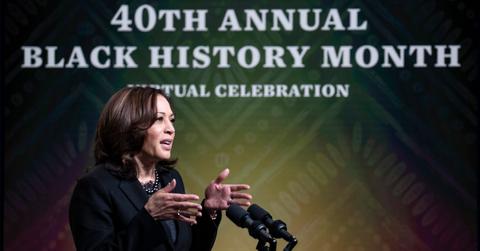
Every year, the U.S. and Canada observe Black History Month throughout February, to honor the incredible Black activists, abolitionists, and leaders who have shaped history. So, for those who would like to learn more about just a handful of the people, events, and stories that Black History Month (aka African American History Month) celebrates, here are 29 Black History Month facts for each day of February — plus one extra.
Parents, guardians, and teachers, feel free to pull this article up each day to read another fact to your children or students.
1. Black History Month began as Negro History Week in 1926.
In 1926, the Association for the Study of Negro Life and History (now called the Association for the Study of African American Life and History, aka ASALH), organized the first national Negro History Week; about 40 years later, in the late 1960s, the holiday had developed into Black History Month, which was observed on many college campuses, as per History.
2. The first federally-recognized Black History Month was observed in 1976.
For years, ASALH campaigned for the federal government to acknowledge Black History Month. Come 1976, President Gerald Ford finally deemed Black History Month a public holiday, and every U.S. POTUS since then has recognized it, too.
3. Black History Month is in February for a reason.

According to ASALH, the organization’s founder Dr. Carter G. Woodson chose to hold the first Negro History Week during the second week of February because that’s when both Abraham Lincoln and Frederick Douglass were born.
4. Black History Month has a theme every year — here’s the 2025 theme.
Every year since 1928, Black History Month and Negro History Week have had a theme. The 2025 theme is African Americans and Labor, which highlights how work — paid and unpaid — has affected experiences of Black people.
The 2024 theme was African Americans and the Arts, which honored the ways African American culture has shaped the art world — ranging from visual arts and fashion to music and architecture.
The 2023 theme was Black Resistance, which honored the ways African Americans have resisted — and continue to resist — oppression. It also encouraged people to study the history of how Black Americans have resisted this oppression "to establish safe spaces, where Black life can be sustained, fortified, and respected."
The 2022 theme was Black Health and Wellness, which set out to appreciate scholars, medical practitioners, doulas, midwives, naturopaths, and other medical and wellness workers in the African Diaspora.
5. You can attend the 2025 Black History Month Virtual Festival.
ASALH is hosting a number of virtual events as part of the annual Black History Month Festival throughout the month of February 2025.
6. Rosa Parks did not give up her bus seat because she was “tired.”
Rosa Parks is known for breaking Montgomery, Ala.’s segregation laws by refusing to concede her bus seat to a white man, for which she was arrested. Some reports of the famous incident claim that Parks only did this because she was “tired” — but Parks herself clarified, “The only tired I was, was tired of giving in,” as per the Smithsonian. Parks was a legendary civil rights activist, and it’s inaccurate to reduce her act of resistance to just being tired, which simply wasn’t the truth.
7. Claudette Colvin did the same thing as Rosa Parks — nine months sooner.
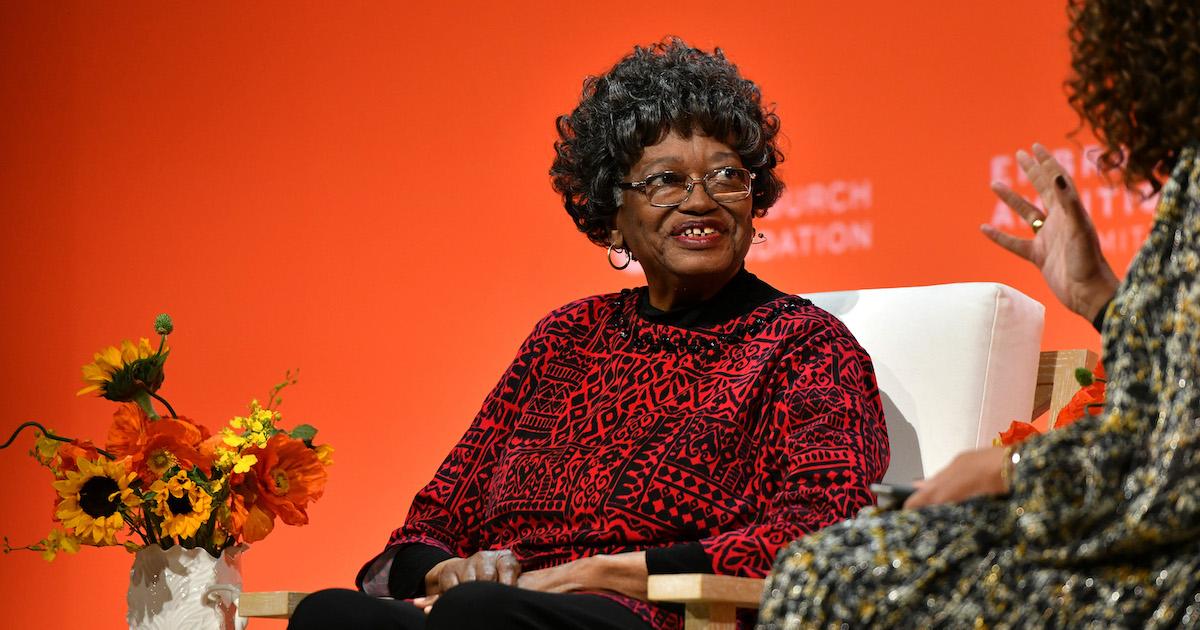
Claudette Colvin speaks onstage during the 2020 Embrace Ambition Summit by the Tory Burch Foundation at Jazz at Lincoln Center on March 5, 2020 in New York City.
Nine months before Parks took a stand on a Montgomery bus, 15-year-old Claudette Colvin did the same thing, in the same city, and she was arrested for it, too. According to NPR, Colvin was the first Black person “to really challenge the law.” However, both Parks and Colvin were members of the NAACP, and the organization chose to instead use Parks as the symbol of the Montgomery bus boycott, for a number of reasons. Colvin is still alive, at 84 years of age, as of February 2024.
8. Martin Luther King Jr. fought for environmental justice.
The night before he was assassinated, Martin Luther King Jr. spoke at a protest as part of the Memphis sanitation workers’ strike, in support of the Black sanitation workers who were protesting their hazardous and polluted working conditions — a fight that shows the link between environmental and racial justice.
9. Martin Luther King Jr. had a secretary, Maude Ballou.
For several years, the late Maude Ballou served as a loyal secretary to Martin Luther King Jr. in Montgomery, and later Atlanta. For her job, she managed King’s schedule, responded to letters for him, coordinated carpools during the bus boycott, and traveled with King and his family, per the Chicago Tribue.
10. Maude Ballou risked her life to protect MLK Jr.
According to the Chicago Tribune, due to her job, Maude Ballou was once No. 21 on a list of “persons and churches most vulnerable to violent attacks” compiled by the Montgomery Improvement Association. In her 2015 interview with the Tribune, she expressed that she was aware of the risks of her job, and had even seen the KKK watching her through her office window — but she didn’t worry too much, as she was a self-identified “daredevil.”
11. Ruby Bridges, known for desegregating schools in the South, is only in her 60s today.
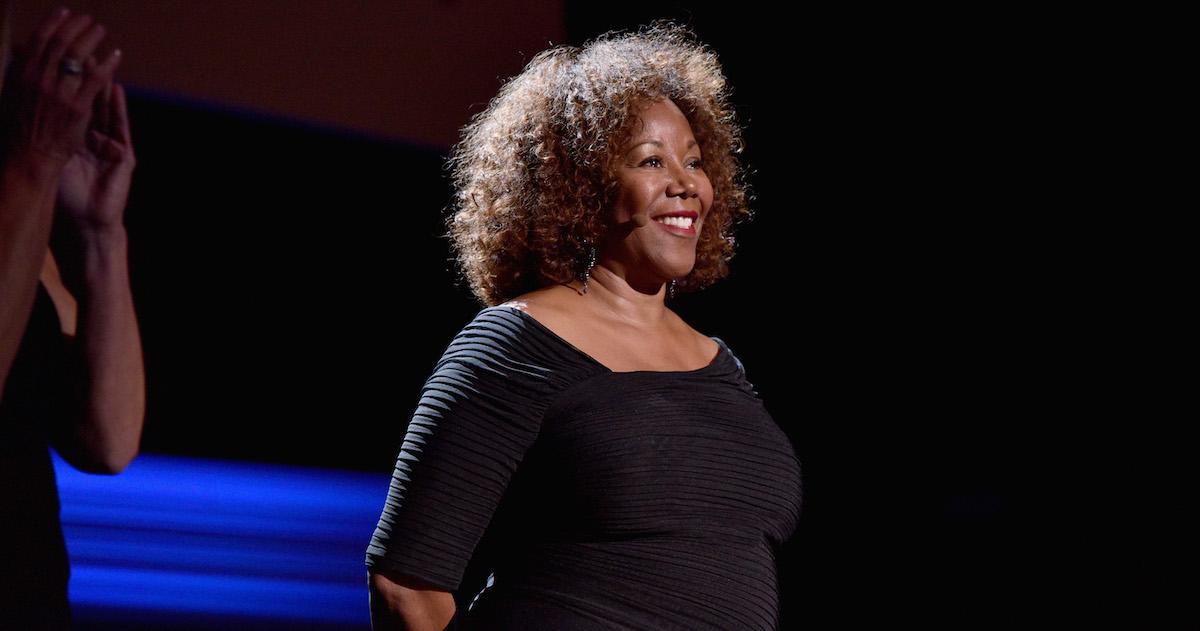
Ruby Bridges speaks onstage at Glamour's 2017 Women of The Year Awards at Kings Theatre on November 13, 2017 in Brooklyn, New York.
In 1960, Ruby Bridges became the first Black student to go to an otherwise all-white elementary school in the South. She made history that day, and she’s still alive today, at 70 years old as of February 2025.
12. Madam C.J. Walker was the first African American woman to become a self-made millionaire.
Madam C.J. Walker revolutionized the hair care industry with the plethora of products she created for Black hair, including products and tools to straighten kinky hair, as per PBS. Thanks to her creations, she became the first African American woman to become a self-made millionaire, and Octavia Spencer played her in the Netflix drama Self-Made about Madam C.J. Walker’s amazing life.
13. Harriet Tubman rescued about 70 enslaved people, including her family.
The incredible Harriet Tubman is best known for rescuing enslaved people via the Underground Railroad. After making her own escape from Maryland, where she had been enslaved for her entire life, she returned to rescue her family and friends, and ultimately, a total of 70 people, as per Britannica. Cynthia Erivo portrayed Tubman in the 2019 film Harriet.
14. Maya Angelou is the first Black woman to appear on the quarter.
In January 2022, the U.S. Mint revealed that Maya Angelou would be featured on the U.S. quarter, making her the first Black woman to appear on the coin. The writer, poet, and activist passed away in 2014, after a long life of creating art, fighting for civil rights with Martin Luther King Jr. and Malcolm X, and so much more.
15. Ella Fitzgerald was the first Black Grammy winner.
In 1958, singer Ella Fitzgerald took home two Grammys, making her the first Black musical artist to win the coveted prize. She won one for Best Jazz Performance on “Ella Fitzgerald Sings the Duke Ellington Songbook,” and Best Female Pop Vocal Performance for “Ella Fitzgerald Sings the Irving Berlin Songbook,” as per The Drop.
16. Stevie Wonder was the first Black musician to take home the Grammy for Album of the Year.
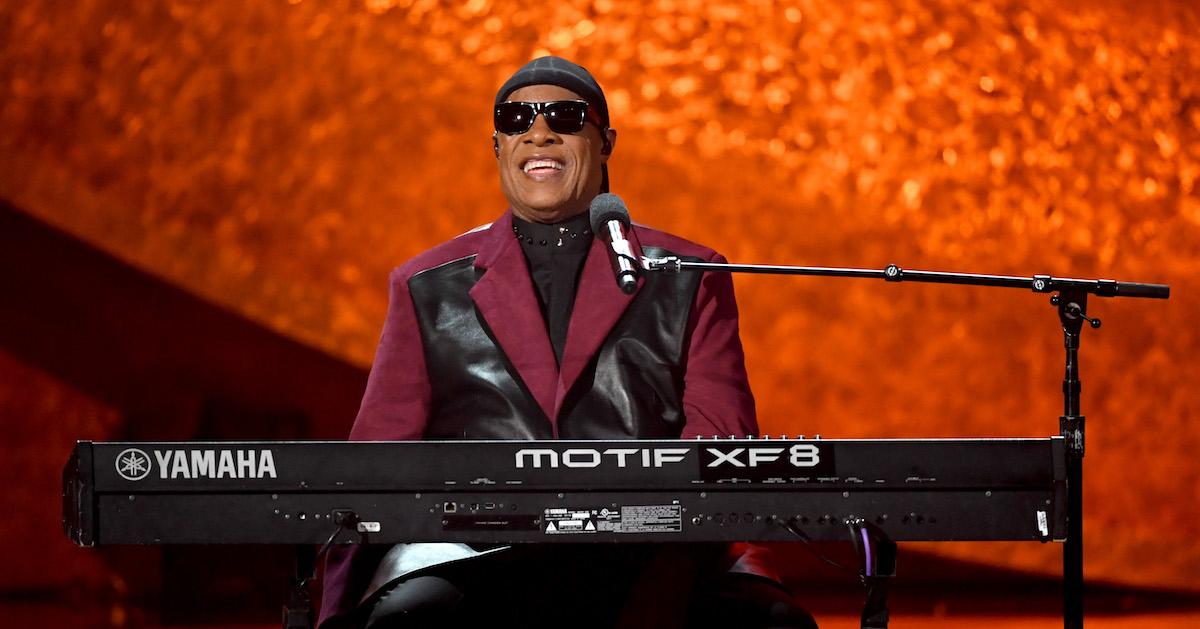
According to Oprah Daily, in 1973, Stevie Wonder became the first Black musician to win the Grammy for Album of the Year, one of the biggest awards of the night. He won for his album “Innervisions.” In total, Wonder has amassed 74 nominations and 25 wins at the Grammys, as of February 2024.
17. Kamala Harris became the first Black VP.
In 2021, Vice President Kamala Harris made history when she was sworn in as vice president, as she became the first woman, Black American, and South Asian American to be elected into the role.
18. Juneteenth was only federally recognized in 2021.
Black History Month and Martin Luther King Jr. Day are far from the only holidays that celebrate Black history in the U.S. Every June 19, African Americans observe Juneteenth, which honors the day in 1865 that enslaved people in Galveston, Texas were finally emancipated in the U.S., 2.5 years after the Emancipation Proclamation was signed, per History. The holiday only became federally recognized in 2021.
19. Jackie Robinson was the first Black player for Major League Baseball.
After decades of segregation between Major League Baseball and the Negro Leagues, Jackie Robinson made history when the he was chosen as the Brooklyn Dodgers’ first Black baseball player in 1947, therefore integrating the MLB, as per Biography. He played in the MLB for 10 years, and is a legend in the sport.
20. Many thought Satchel Paige would be the MLB’s first Black baseball player.
At the time, many thought Negro Leagues baseball player and pitcher Satchel Paige would be the one to integrate the MLB, as per Sportscasting. About a year after Robinson joined the Dodgers, Satchel Paige joined the Cleveland Indians, helping to further integrate the MLB.
21. Frederick Douglass was the “most photographed” American in the 1800s.
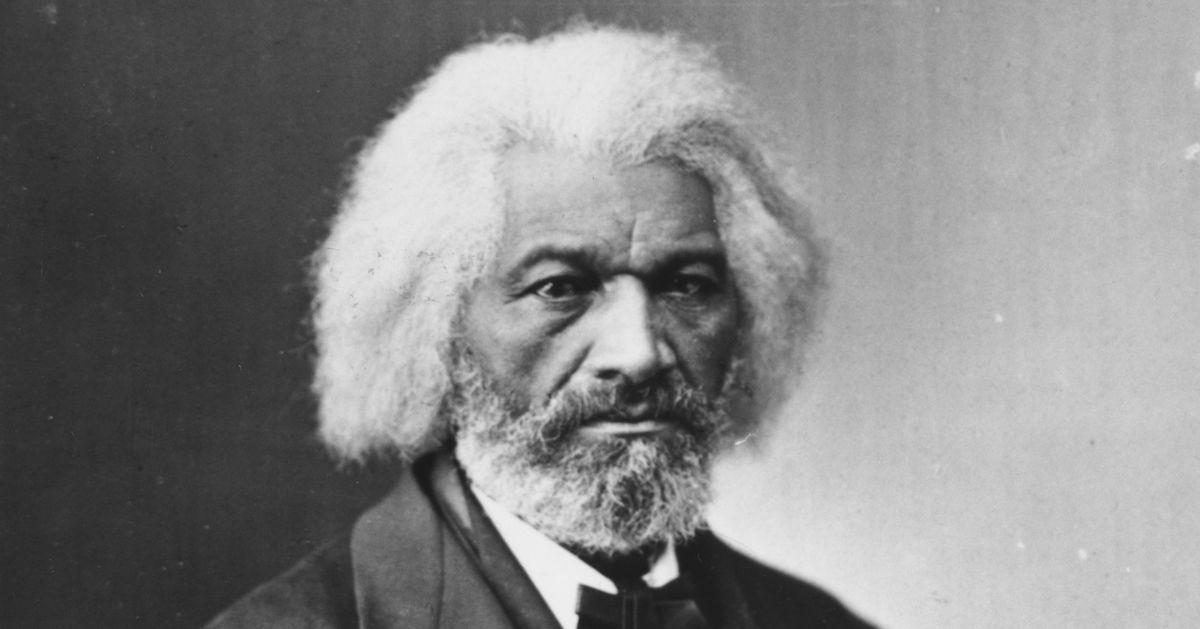
According to the NPCA, the legendary abolitionist Frederick Douglass was the most photographed American in the 1800s — and that was no accident. The organization explains that Douglass purposely sat for photos often, as he wanted to spread a more accurate image of African Americans at the time; he also intentionally kept a straight face in photos, to challenge the idea that Black people were ever happy to be enslaved.
22. George Washington Carver came up with 300 ways to use peanuts — but he did not actually invent peanut butter.
During George Washington Carver’s lifetime, he invented and discovered more than 300 ways to use peanuts. However, unlike what many people think, Carver did not actually invent peanut butter, according to the National Peanut Board.
23. The NAACP was founded in 1909.
In February 1909, several dozen activists of various races came together in New York City to form the National Association for the Advancement of Colored People, known as the NAACP, in response to violence against Black people across the U.S. Some of the African American founding members were W. E. B. Du Bois, Mary Church Terrell, and Ida B. Wells-Barnett.
24. Hattie McDaniel made history as the first Black Oscar winner.
In 1939, actress Hattie McDaniel became the first Black performer to win an Academy Award, which she won for her role as Mammy in the classic film Gone With the Wind.
25. Beyoncé set a major Grammy record in 2021.
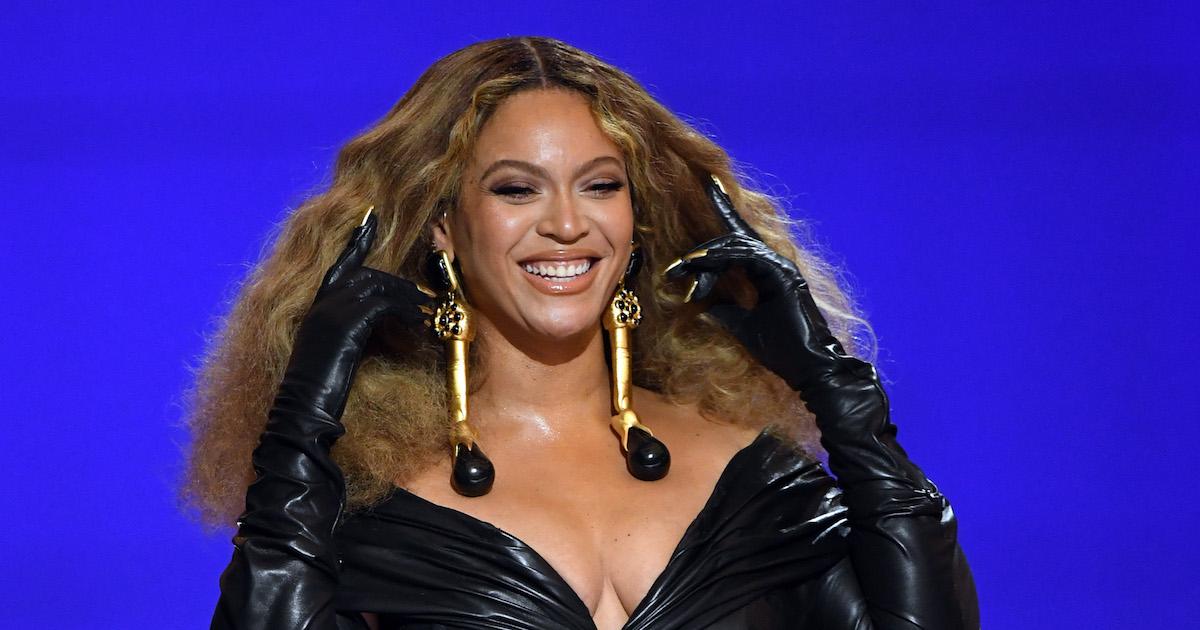
At the 2021 Grammy Awards, Beyoncé won her 28th Grammy, meaning she had won the most Grammys of any singer in history. Georg Solti surpassed her record in 2022, but she surpassed it again in 2023. As of Jan. 31, 2025, she holds the record for winning the most Grammys of anyone in history, with a whopping 32 awards.
26. Langston Hughes led the Harlem Renaissance with his poetry.
In the 1920s, poet Langston Hughes led the way with his revolutionary poems, essays, books, and other works, many of which focused on “honestly” depicting life for Black people in the U.S. at the time, as per the Poetry Foundation. Some of his most iconic poems include “Harlem” and “I, Too.”
27. Oprah Winfrey became the first Black woman billionaire.
In 2003, after decades of hard work in the entertainment industry, Oprah Winfrey was crowned the first Black woman to become a self-made billionaire, as per Business Insider.
28. Ketanji Brown Jackson became the first Black woman to serve the Supreme Court.
Every moment we live through is history in the making. In January 2022, Supreme Court Justice Stephen G. Breyer announced his retirement. Biden promptly replied that he intended to replace Breyer with “the first Black woman nominated to the United States Supreme Court.” And in June 2022, Biden kept true to his word, and Ketanji Brown Jackson was sworn in as a justice of the Supreme Court.
29. Ariana DeBose won the Academy Award for 'West Side Story' in 2022.
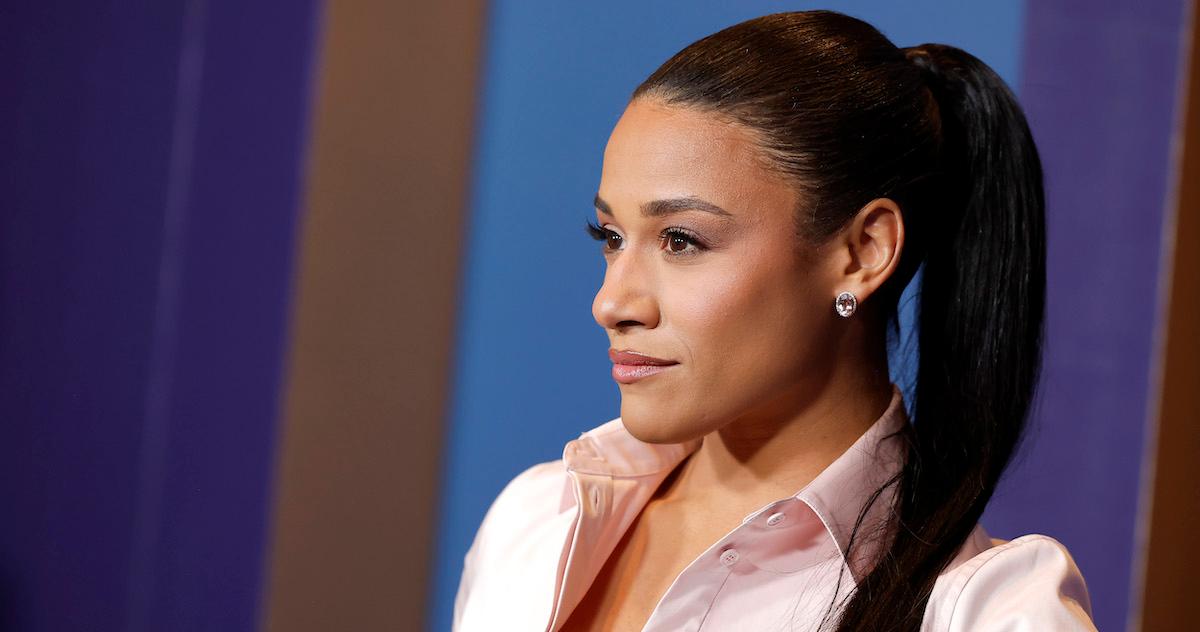
Ariana DeBose attends the Academy Of Motion Picture Arts & Sciences' 14th Annual Governors Awards at The Ray Dolby Ballroom on Jan. 09, 2024 in Hollywood, Calif.
In March 2022, Black and Afro-Latina actress Ariana DeBose won the Oscar for Best Supporting Actress for her role as Anita in West Side Story. Per NPR, this made the Broadway veteran the first "openly queer woman of color" to win an acting Academy Award.
This article, originally published on Jan. 31, 2022, has been updated.